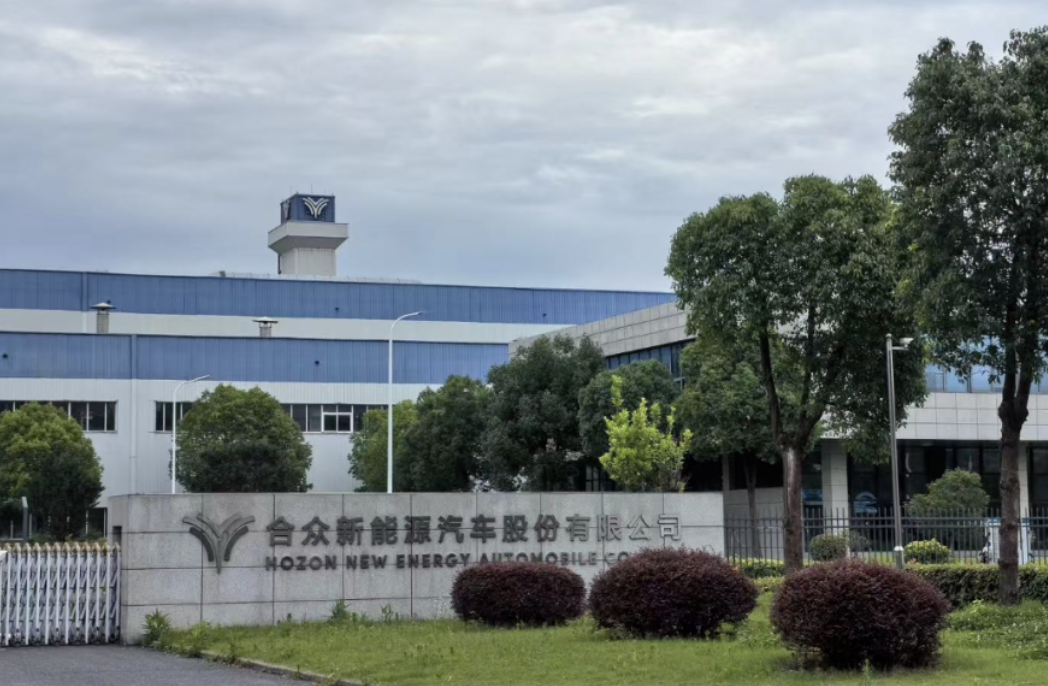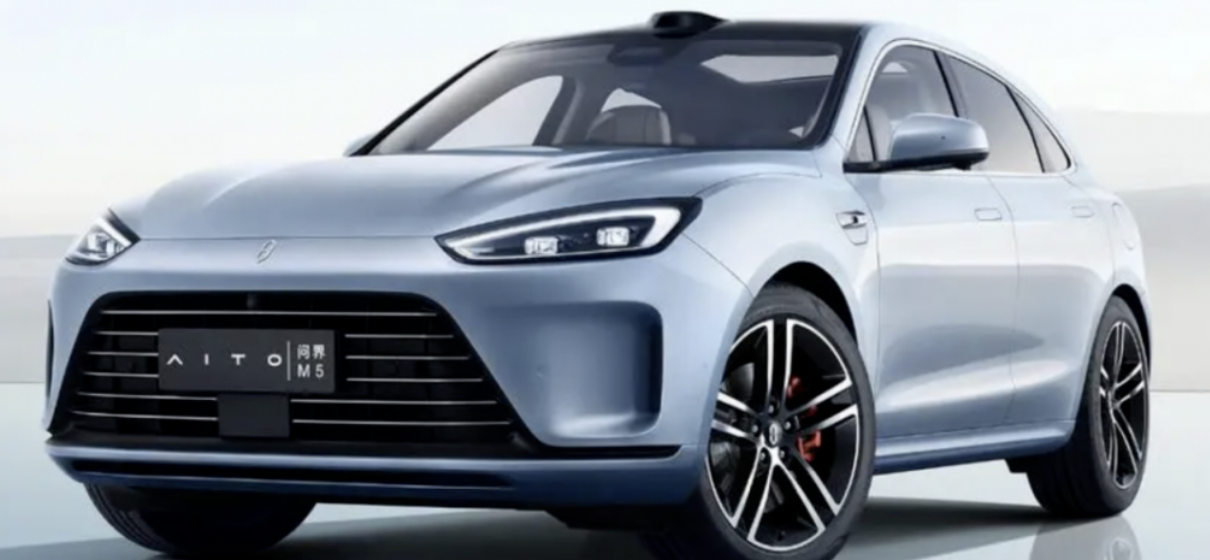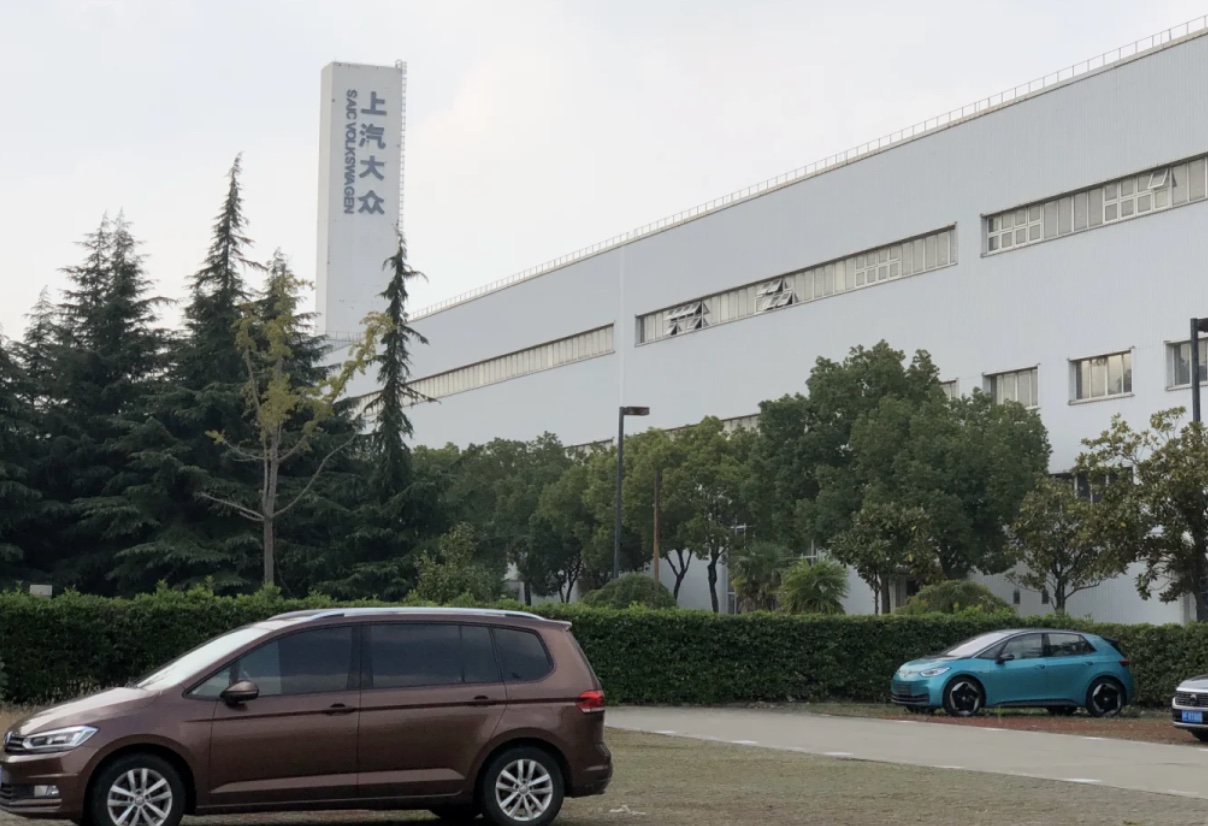On September 9, FAW-Volkswagen officially opened pre-sales for the new-generation Sagitar L. The model will be available in three trims—Fashion, Elite, and Luxury—with pre-sale prices starting from USD 16,100. As a full-generation upgrade, the Sagitar L features an all-new design language, with comprehensive updates to its exterior, interior, and powertrain. The body size has been significantly extended, and the vehicle is equipped with a 1.5T turbocharged engine paired with a 7-speed dual-clutch transmission.

Exterior
The new Sagitar L adopts a refreshed styling design. A narrow front grille is seamlessly integrated with the headlights, with the Volkswagen logo positioned at the center. The lower bumper features a bold, fang-shaped air intake design with air ducts at both sides, giving the sedan a sporty appeal. Customers can choose from six body colors: Polar White, Manganese Black, Caesar Gold, Morning Mist Green, Whale Shark Blue, and Mocha Grey.
Side Profile and Rear
With increased dimensions, the overall silhouette of the Sagitar L appears more stretched and dynamic. Slanted waistlines and lower door creases enhance its motion effect. The roofline transitions smoothly towards the rear, combined with a slightly raised trunk lid, creating a coupe-like fastback appearance. At the rear, the model is fitted with a popular through-type taillight cluster extending to both sides, paired with an illuminated Volkswagen emblem and “SAGITAR L” lettering. A “300TSI” badge on the right side indicates its powertrain. The new model adopts a hidden single-exit exhaust layout. In terms of size, it measures 4812/1813/1479 (1472) mm with a wheelbase of 2731 mm, positioning it as a compact A+ class sedan.
Interior
The interior maintains Volkswagen’s familiar design approach but with modern enhancements. It comes equipped with a 10.25-inch full digital instrument cluster, a 15-inch floating touchscreen, and a W-HUD head-up display system. The area beneath the center screen retains physical buttons for convenience. The new three-spoke steering wheel replaces the traditional gear shifter with a column-mounted design, freeing up more space. Air vents are styled in a horizontal through-type layout.
Technology
The Sagitar L’s infotainment system is powered by a Qualcomm Snapdragon 8155 chipset, paired with 12GB RAM and a Linux + Android dual-system architecture. It supports AI voice assistant, a new digital avatar, intelligent navigation, and connected car services. In addition to CarPlay and CarLife, it newly supports HUAWEI HiCar with both wired and wireless connection options.
Powertrain
The model is equipped with a 1.5T Evo2 turbocharged four-cylinder engine, delivering a maximum output of 118 kW (160 hp) and 250 Nm of torque, identical to the current 1.5T version. It is paired with a 7-speed dry dual-clutch transmission and features front MacPherson strut independent suspension + rear multi-link independent suspension. Performance figures include 0–100 km/h in 8.8 seconds and a top speed of 200 km/h.
Background
The Sagitar is FAW-Volkswagen’s compact sedan, positioned between the Bora and Magotan. The model first entered the Chinese market in 2006, when the fifth-generation Jetta (A5) was introduced under the name “Sagitar.” The second-generation Sagitar launched in 2012, followed by the third generation in 2019 based on the MQB platform, with an extended wheelbase for the domestic market. In 2022, the facelifted version debuted, featuring the 1.5T turbocharged engine for the first time. The newly pre-sold Sagitar L is regarded as the fourth-generation domestic model.
Market Positioning
The new Sagitar L remains an A+ class compact sedan, competing with models such as the Volkswagen Lamando L, Mazda3 Axela, Toyota Allion/Levin GT, Honda Civic/Integra, Kia K5, and Buick Verano. Based on the revealed specifications, its main changes lie in exterior styling, interior upgrades, and size adjustments, while retaining the core powertrain.
According to sales data, from January to August 2025, the Sagitar recorded 155,915 units sold, ranking second among Volkswagen brand sedans in China, only behind the Lavida.



